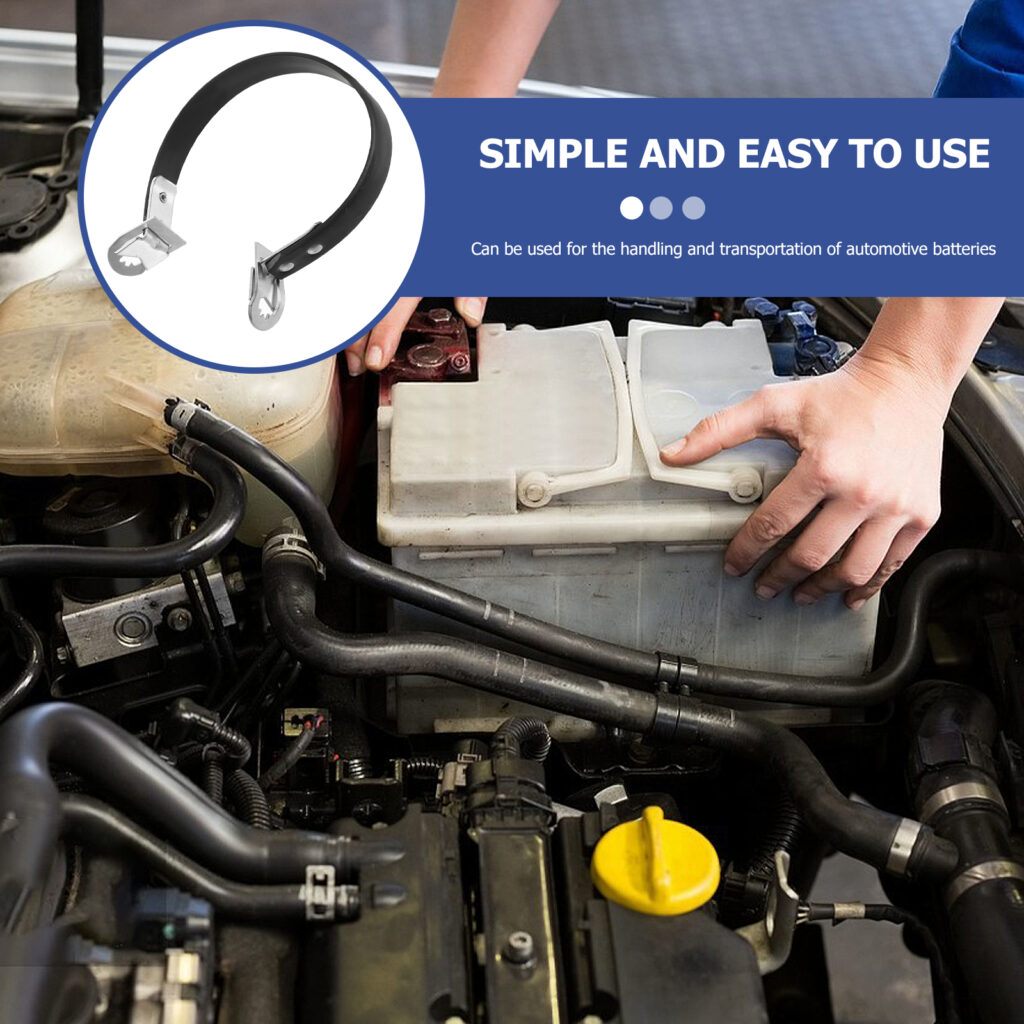Automotive batteries are essential components in vehicles, providing the power necessary to start engines and run electrical systems. However, they also pose potential hazards if not handled properly. Understanding the classification of automotive batteries in terms of hazard classes is crucial for maintaining safety standards in transportation and storage.
What hazard class do automotive batteries fall under?
Automotive batteries are classified as hazardous materials under the U.S. Department of Transportation (DOT) regulations. Specifically, they typically fall under the Hazard Class 8, which includes corrosive materials. Lead-acid batteries, the most common type, contain sulfuric acid, making them corrosive and potentially harmful to both human health and the environment.
The Composition and Hazards of Automotive Batteries
Automotive batteries primarily use lead and sulfuric acid in their construction. Lead-acid batteries are prevalent due to their reliability and cost-effectiveness, but they carry risks associated with both the lead and the corrosive acid.
Components and Their Risks
- Lead: Exposure to lead can cause severe health issues, including neurological damage and other systemic effects.
- Sulfuric Acid: This corrosive substance can cause severe burns and environmental harm if spilled.
Regulatory Standards
The Occupational Safety and Health Administration (OSHA) and the Environmental Protection Agency (EPA) establish regulatory standards for the safe handling, storage, and disposal of automotive batteries. Compliance with these regulations is necessary to minimize health risks and environmental impact.
Overview of Hazard Classes
The Department of Transportation identifies various hazard classes to categorize materials based on their risk. Here’s a brief overview:
| Hazard Class | Description |
|---|---|
| 1 | Explosives |
| 2 | Gases (flammable, non-flammable, and toxic) |
| 3 | Flammable liquids |
| 4 | Flammable solids, self-reactive substances, and desensitized explosives |
| 5 | Oxidizers and organic peroxides |
| 6 | Toxic and infectious substances |
| 7 | Radioactive materials |
| 8 | Corrosive materials (includes automotive batteries) |
| 9 | Miscellaneous hazardous materials |
Automotive batteries fit into Hazard Class 8, indicating their corrosive properties and the need for specialized handling.
Safe Handling and Transportation
Ensuring safety when working with automotive batteries involves understanding the correct procedures. Here are crucial points to consider:
Personal Protective Equipment (PPE)
Using the right PPE is necessary to mitigate the risks associated with lead and sulfuric acid exposure. Essential PPE includes:
- Safety goggles
- Acid-resistant gloves
- Protective clothing
Transportation Guidelines
When transporting automotive batteries, follow the DOT guidelines for Hazard Class 8 materials:
- Labeling: Batteries must be marked with the appropriate hazard label.
- Packaging: Use appropriate containers that can withstand leaks and spills.
- Documentation: Maintain records of the materials being transported to ensure compliance.
Failure to adhere to these guidelines can lead to accidents, legal penalties, and environmental hazards.
Battery Disposal and Environmental Impact
Improper disposal of automotive batteries poses significant environmental threats. Lead and sulfuric acid can contaminate soil and water supplies, impacting wildlife and human health.
Recycling Programs
Many states have implemented battery recycling programs that allow for the safe disposal and recycling of automotive batteries. Recycling is the preferred method, as it recovers valuable materials while minimizing environmental harm.
| State | Recycling Program | Return Rate (%) |
|---|---|---|
| California | California Battery Recycling Program | 80% |
| New York | New York State Recycling Act | 75% |
| Texas | Texas Battery Recycling Initiative | 70% |
Legal Requirements
Most states require businesses and individuals to recycle or properly dispose of automotive batteries. Failure to comply can result in fines and other legal repercussions.
Future of Automotive Batteries
As the automotive industry evolves towards electric vehicles (EVs), the focus on battery technology is greater than ever. Lithium-ion batteries are becoming more prevalent, which leads to a different classification under hazardous materials. Often classified under Hazard Class 9, they present unique risks related to flammability and the potential for thermal runaway.
Conclusion
Understanding the hazard classification of automotive batteries is crucial for safe handling, transportation, and disposal. Classified primarily under Hazard Class 8, these batteries pose risks that require attention to regulatory standards and safety practices. As the automotive industry shifts towards more innovative battery solutions, awareness of the associated hazards will remain essential for ensuring safety and protecting the environment.
In the face of evolving technologies and environmental considerations, continuous education and adherence to safety guidelines will play key roles in managing the risks associated with automotive batteries. The automotive sector must prioritize safety and sustainability to meet the challenges ahead.

